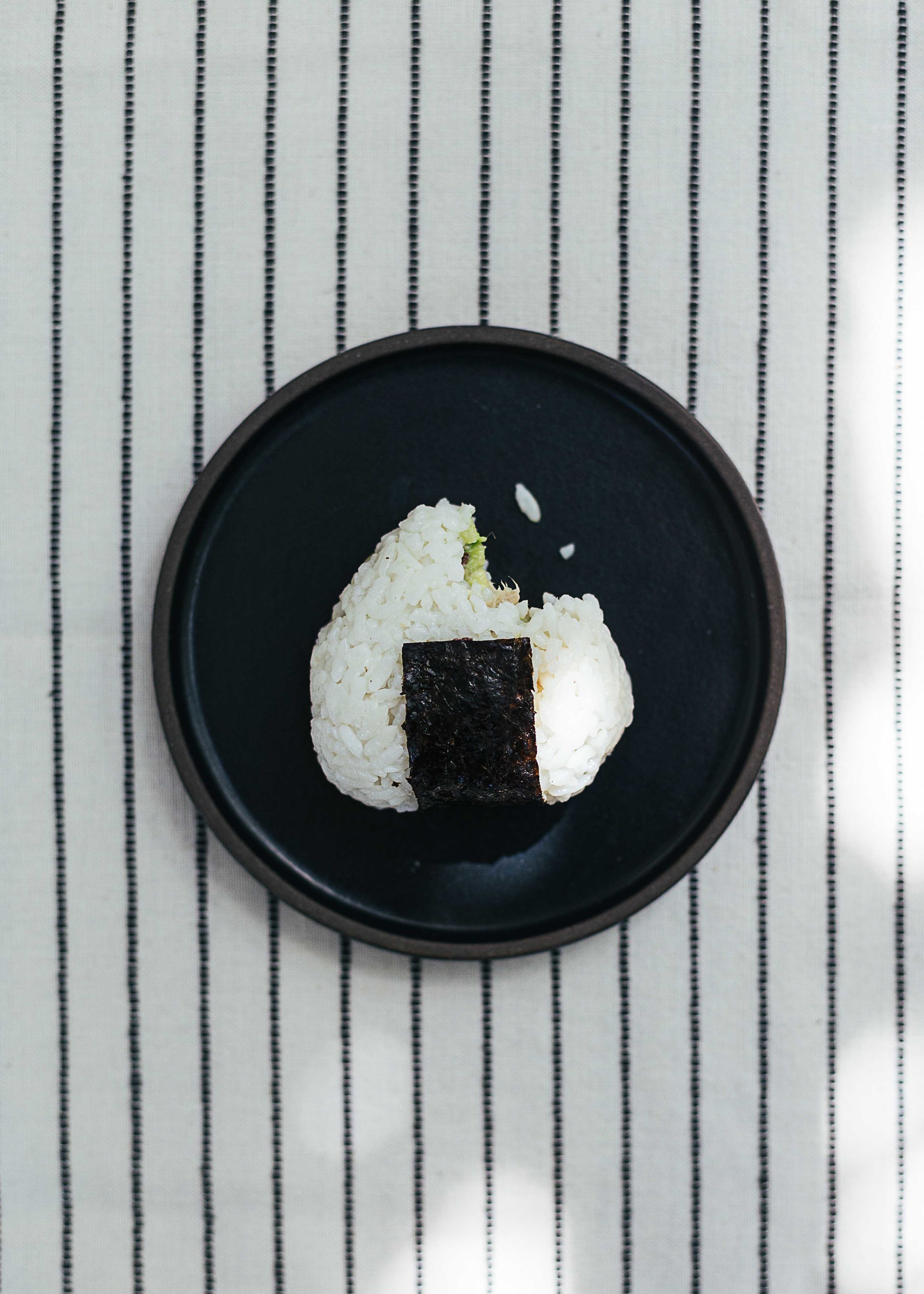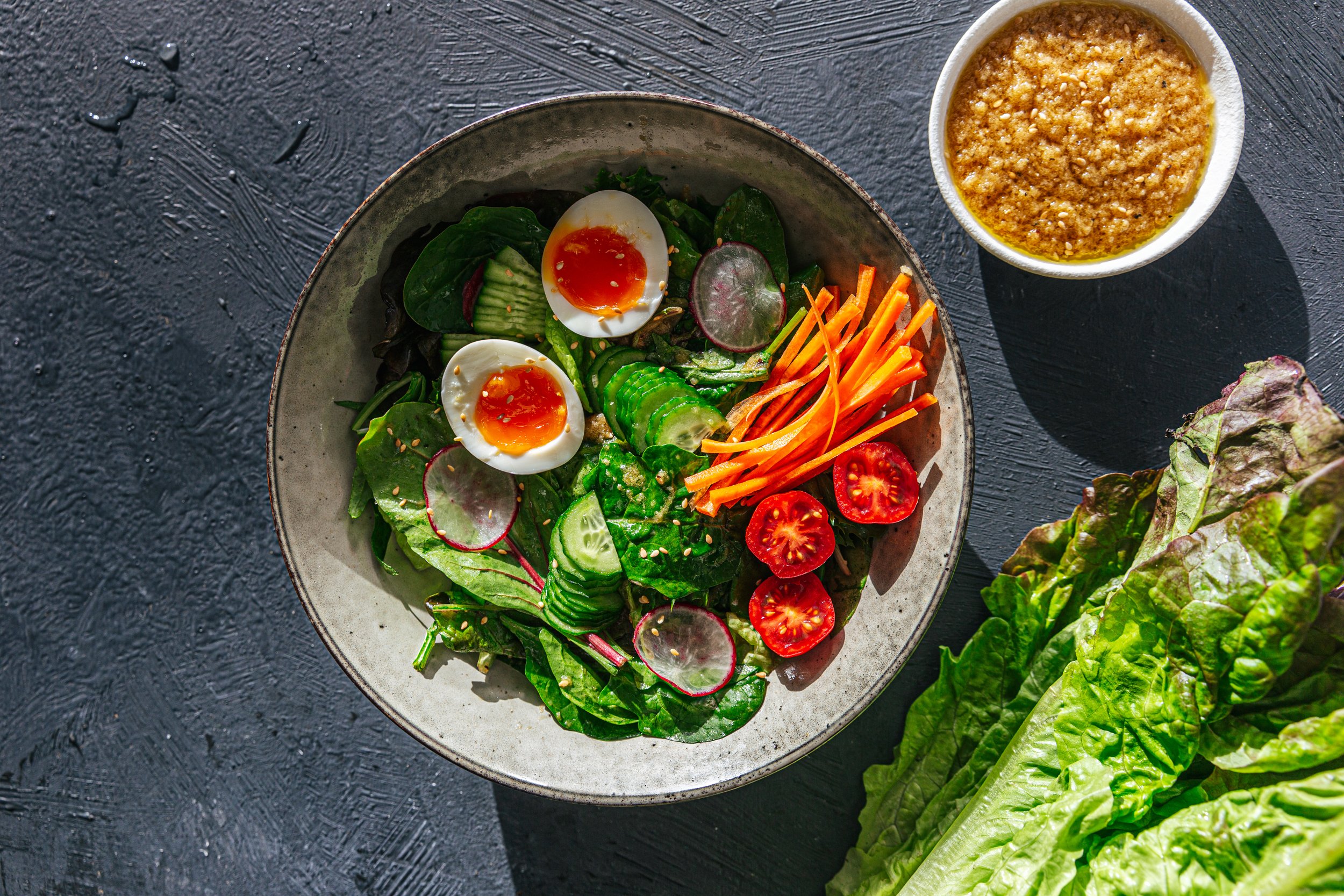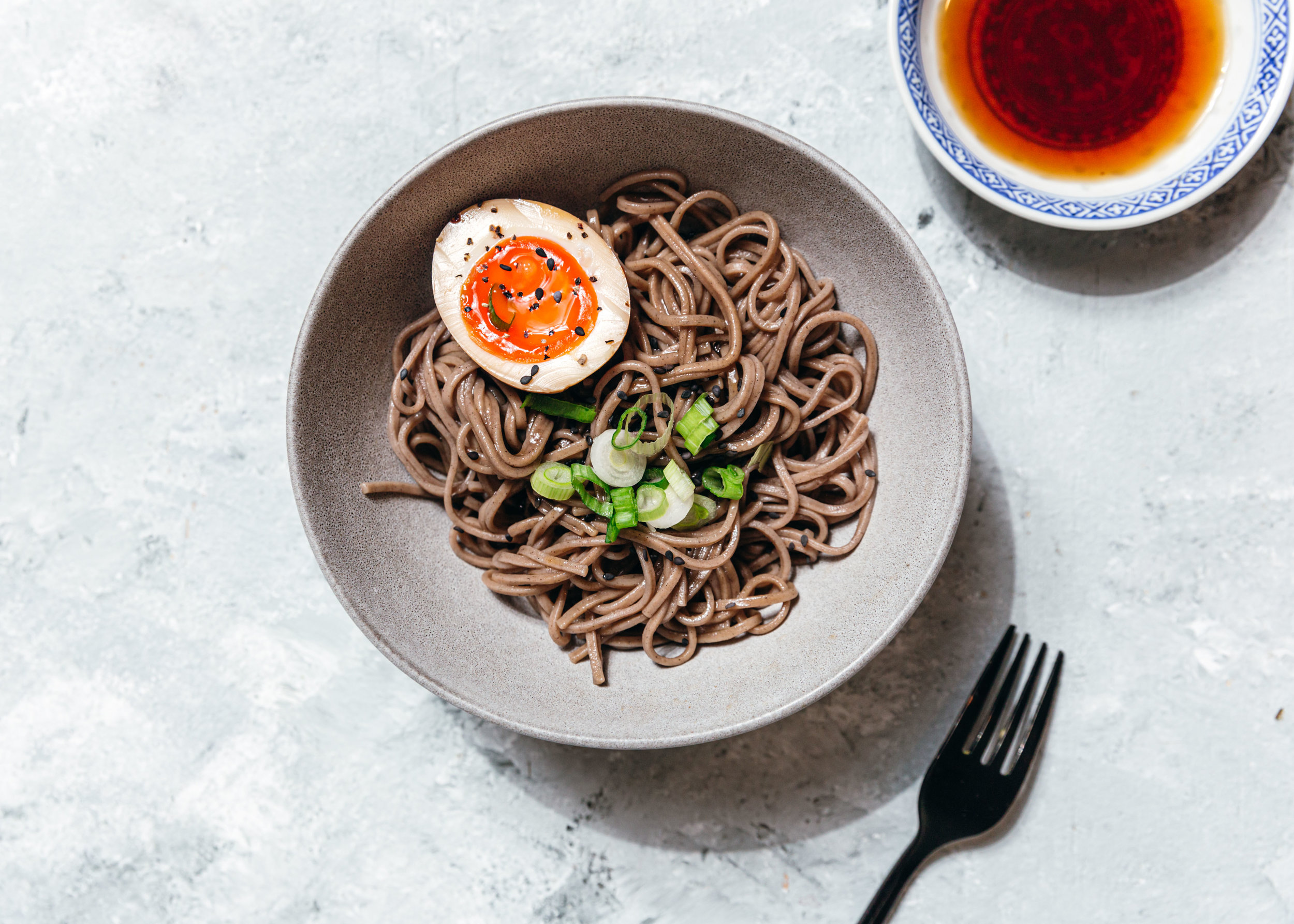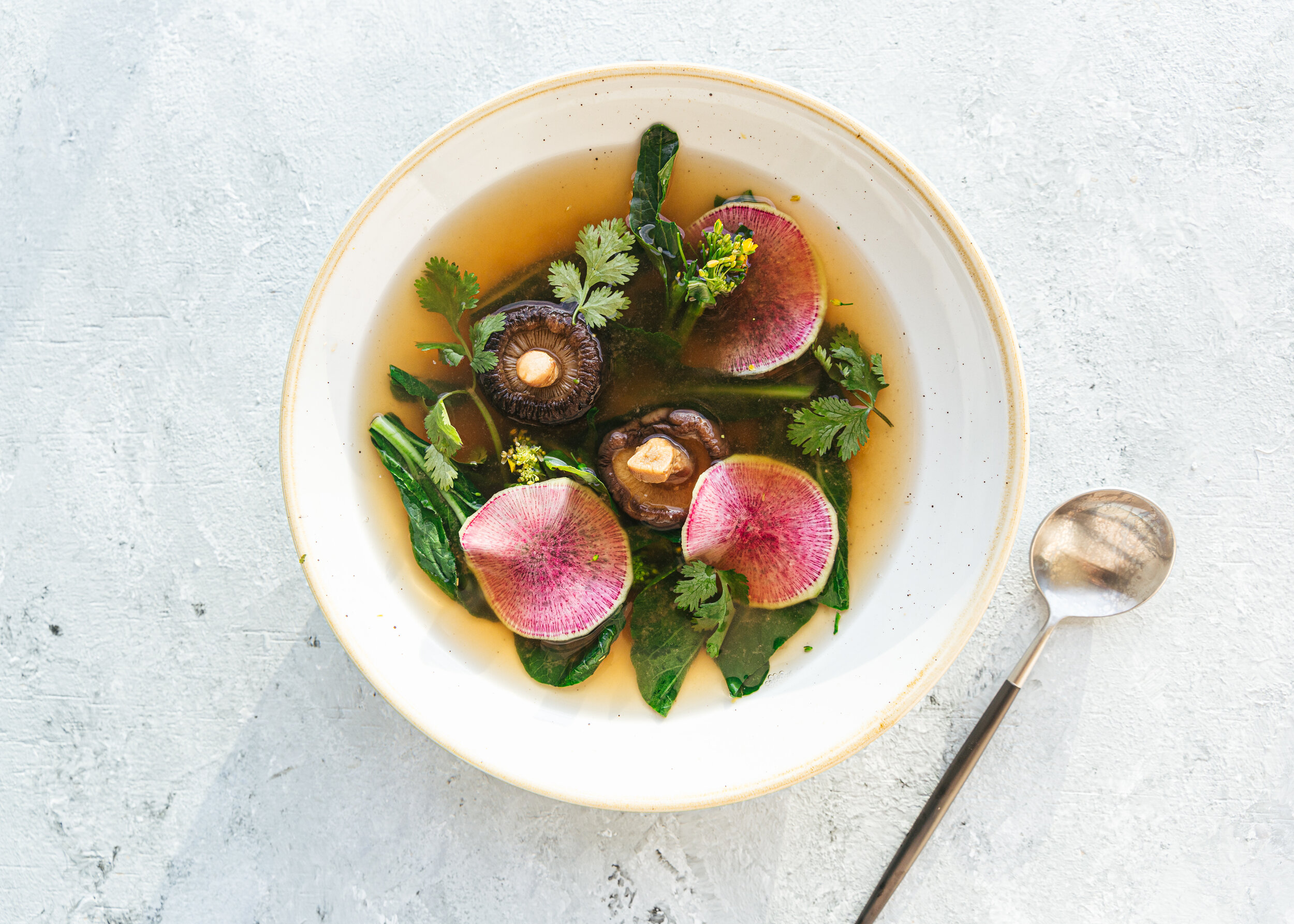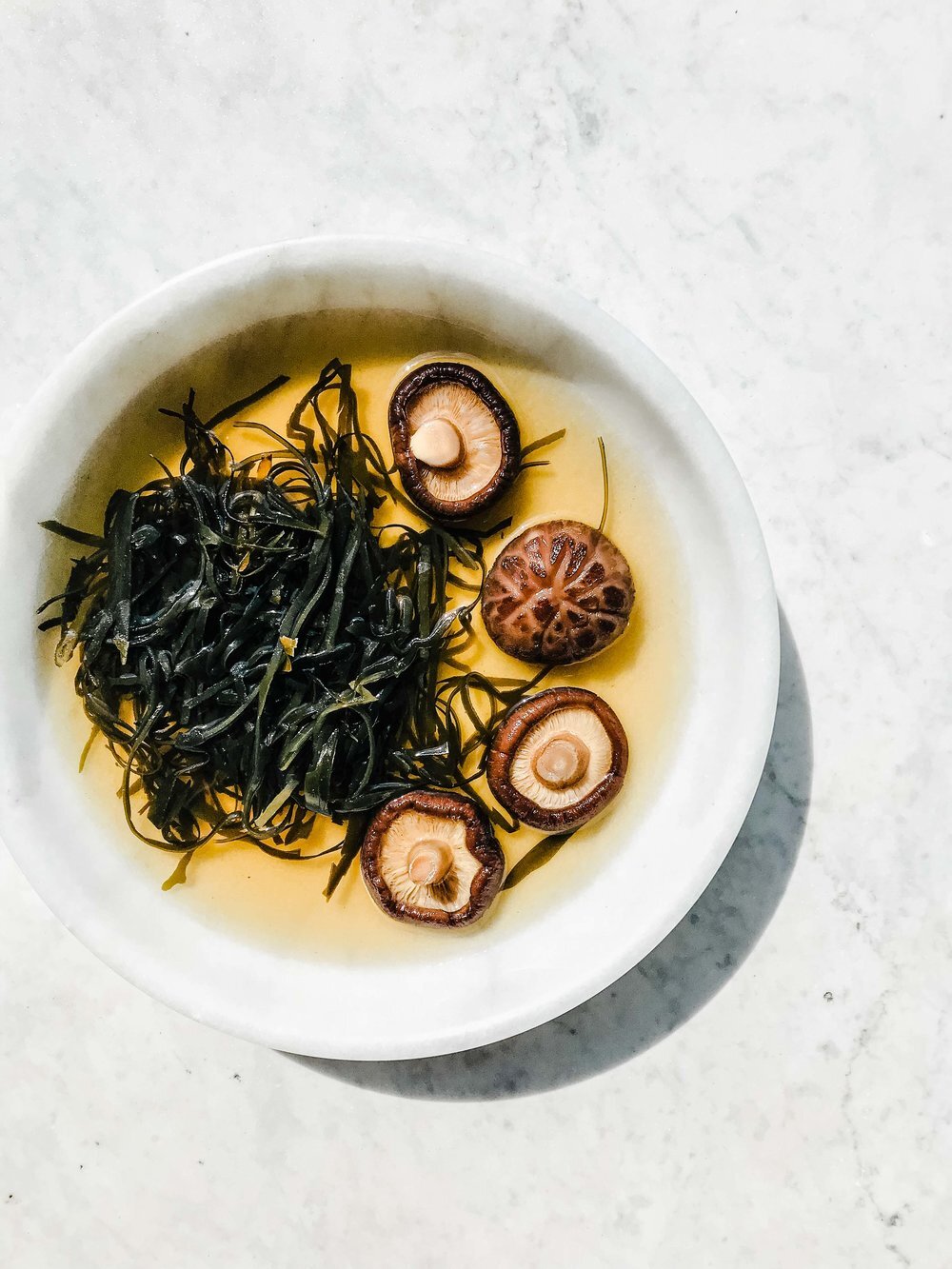I love this refreshing summer treat. It’s basically the simplified version of Japanese Fruit Jelly. You can incorporate these jellies into most cold soupy desserts like sweet tofu, sago soup, sweet bean soups, or bubble tea if you’d like. I love these topped with soybean powder (kinako) with a drizzle of sweet syrup. It’s also really good topped with red beans.
Kanten Jelly (寒天)
Serves 4-6 people
ingredients
2 tsp (4 grams) kanten powder (I buy these at Thai or Asian shops, see note for kanten strips)
2 cups water
2 Tbsp sugar
instructions
In a medium-sized pot, add water, sugar, and kanten powder. Bring to a boil, stirring all the while to dissolve the kanten powder.
Pour the mixture into a square baking tray or heat-resistant container. I use a glass baking pan for mine. Set aside to cool before putting in the refrigerator for 20-30 mins.
After the jelly has been set, run a knife through the edges and invert the jelly onto a cutting board. Cut into desired squares and serve chilled. The jelly will keep in the fridge for 3-4 days.
Recipe notes
• Traditionally, kanten jelly is served in a Japanese summer dessert called Anmitsu. I’ve enjoyed versions of it with red beans and sweet syrup (kuromitsu).
• If using kanten strips, soak in water for 30 mins or overnight before boiling. This will help dissolve the kanten.







